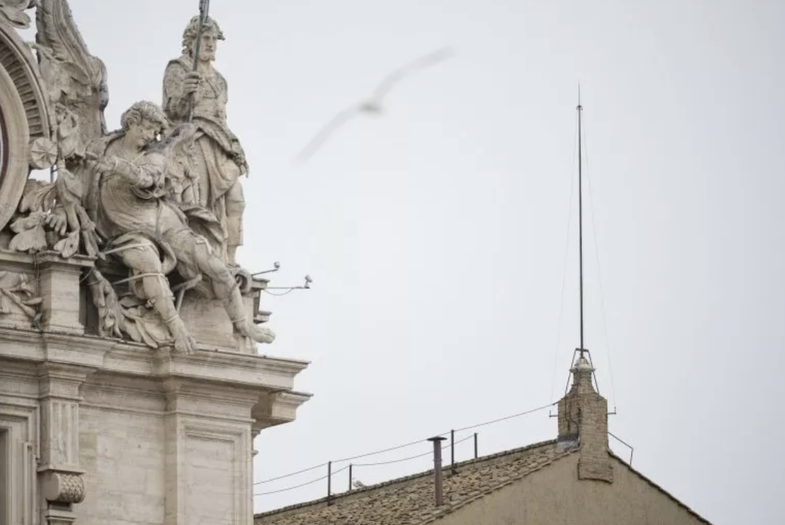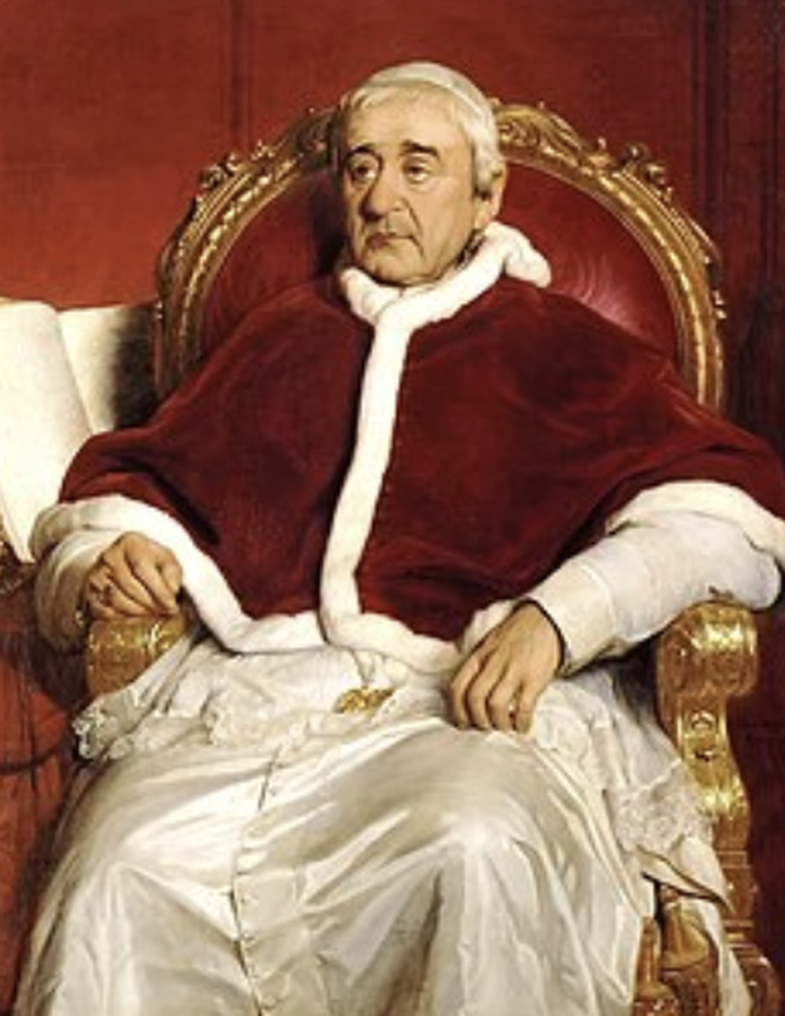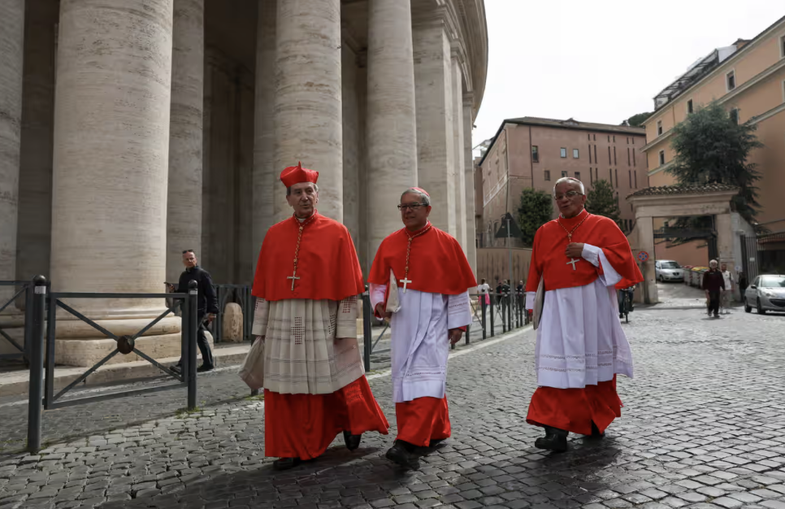
The election of the new Pope, Robert Francis Prevost, reminded us of one of the interesting stories of the longest conclave in the world, held from November 1268 to September 1271. This conclave lasted 992 days or 33 months.
The cardinals' indecision in this regard occurred after the death of Pope Clement IV, and for almost three years, they were unable to agree on a successor. The main reason was the deep division between political factions within the College of Cardinals – some favoring French interests, others Italian ones.
The people and civil authorities were fed up with the delay. In response, the citizens of Viterbo (the conclave was held in Viterbo, not Rome), locked the cardinals in a building and even removed the roof, exposing them to the rain and sun, in order to hasten the decision. Furthermore, they restricted their food – a drastic way to force their exit to a conclusion.

Finally, after all that pressure, Pope Gregory X was elected, who wasn't even a priest at the time – he was a layman with diplomatic experience.

After this event, he established new rules to prevent conclaves from lasting so long, including locking the cardinals in an isolated environment, as is still practiced today.

The conclave process is completely secret, and the cardinals are not allowed to use their phones or any means of communication with the world outside the Sistine Chapel. They surrender their phones; the Sistine Chapel is searched for listening devices and jamming equipment is installed. Each cardinal takes an oath of secrecy.
The papal master of ceremonies says “Extra omnes” (“All out”). All present, except the voting cardinals and a small number of officials and doctors, leave and the doors are closed.
There are no speeches or debates inside the Sistine Chapel. The cardinals’ day begins with Mass. The cardinals will break for lunch at around 12:30 p.m. and return to the Sistine Chapel in the afternoon for more rounds of voting. They pray together in the evening and return to the Santa Marta guesthouse for dinner. If there is no result after three days, the cardinals may take a day off for prayer and reflection.
Each cardinal is assigned a table, on which are a pen and a stack of ballot papers with the words “Eligo in summum pontificem” (“Elect as supreme pope”) written at the top. They write the name they want, fold the paper and place it in a bronze container.
The ballot papers are counted and recounted before being pierced with a needle – through the word “eligo” – and tied into a bundle. Then they are burned. If there is no result, chemicals are added to make the smoke black; if a candidate is elected, the smoke turns white.
The smoke rises through a chimney installed in the roof. The Vatican firefighters are on standby in case of an incident.
When white smoke rises from the chimney, the bells also ring, signaling to the crowd outside that “habemus Papam” – “We have a (new) Pope.”
Suggested articles:







